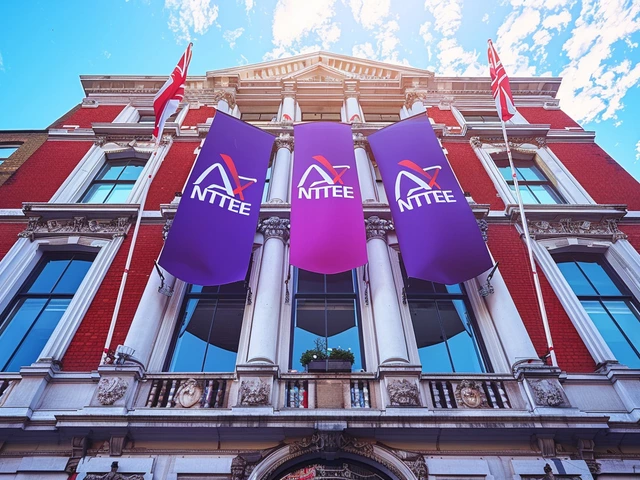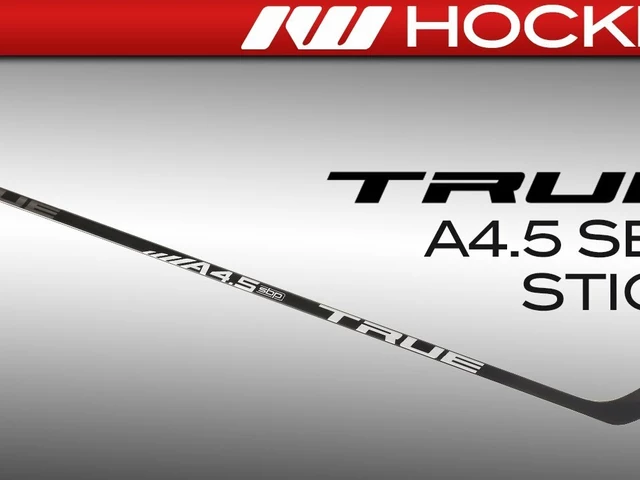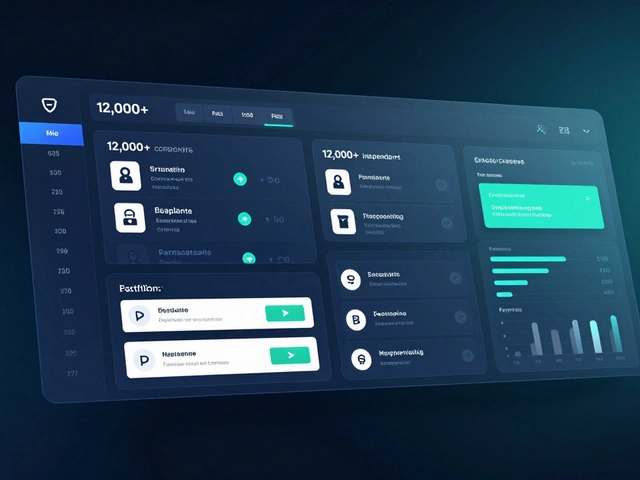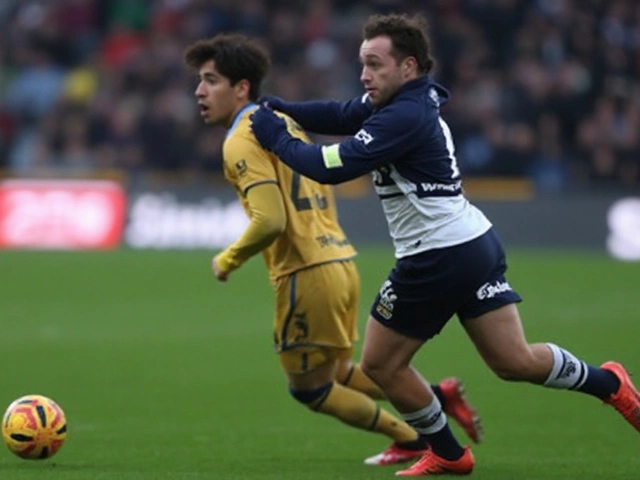Hockey Periods Explained – How the 3 Periods Shape Every Game
Ever wonder why a hockey game is split into three parts? Those parts are called periods, and each one lasts 20 minutes of play. The clock stops for goals, penalties and breaks, so the real time on the ice is a bit longer. Knowing the basics helps you follow the action without getting lost.
What Makes Up a Period?
A period starts when the referee drops the puck at center ice. The first 20 minutes are full‑speed, then the arena lights go off for a two‑minute intermission. During that break teams swap ends, coaches talk strategy, and players hydrate. After the second intermission the third period begins, and the game ends when the clock hits zero – unless the score is tied.
If the teams are even after the third period, most leagues add a sudden‑death overtime. In the NHL that’s a five‑minute 3‑on‑3 mini‑game, followed by a shootout if nobody scores. Other leagues might play a full extra period or a longer overtime. The extra time follows the same rules as a regular period, just with fewer players.
Tips for Playing Each Period
Coaches treat each period like a mini‑game. In the first period they usually stick to the game plan and warm up their lines. The second period is where you adjust – maybe tighten defense or push more offense if you’re behind. The third period often sees the most intensity, especially if the score is close.
Energy management is key. Players rotate on short shifts, usually 30‑45 seconds, to keep fresh legs on the ice. As the clock winds down, you might see longer shifts from star players who can control the pace. Knowing when to rest and when to press can turn a tied game into a win.
Penalty minutes also reset each period, so a player who picks up a minor penalty early in the first period can still stay out of the box later. However, the total penalty minutes a team has accrued can affect momentum, especially if they’re constantly shorthanded.
Fans can use the intermission to catch up on stats, grab a snack, or cheer on the next line change. The arena’s big screen often shows highlights from the previous period, so you don’t miss any big plays.
In summary, a hockey game’s three periods create a rhythm: start strong, adapt in the middle, and finish with everything you’ve got. Understanding how each period works and what teams aim for can make you a smarter viewer and a better player.

How many periods are in an ice hockey game?
Ice hockey is a popular sport with a unique set of rules. One of the most important aspects of the game is the time structure. A hockey game is divided into three periods, each lasting 20 minutes of playing time. The clock is stopped for various reasons throughout the game, so the actual duration of each period can vary. During the intermission between periods, teams are allowed a 15 minute break. After the 3rd period, the game is over and the team with the most goals is declared the winner.
View More



